Honda’s Initiatives and the SDGs
Contribution to SDGs
In order to share joys with stakeholders, Honda seeks to contribute to the advancement of a mobility society with its original and useful technologies that anticipate the needs of the times.
This approach aligns with the Sustainable Development Goals (SDGs), specifically, Goal 9 “Build resilient infrastructure, promote inclusive and sustainable industrialization and foster innovation,” Goal 12 “Ensure sustainable consumption
and production patterns” and Goal 17 “Strengthen the means of implementation and revitalize the global partnership for sustainable development,” and aligns with Honda’s overall corporate activities.
Honda believes that creating value for society while pursuing economic value will lead to sustainable corporate management and ultimately contribute to the sustainability of society. The Company will contribute to the achievement of the SDGs through its corporate activities.
Initiatives and the SDGs
Environment
| Honda’s initiatives | SDGs Goals supported by Honda | |||
|---|---|---|---|---|
| Responding to climate change and energy issues |
|
With a view to leading the way in realizing a carbon-free society, Honda undertakes corporate activities while considering all processes from the procurement of raw materials to end use of its products. |


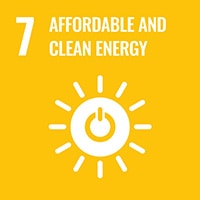
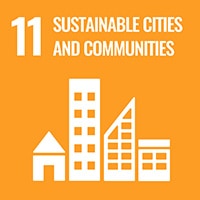
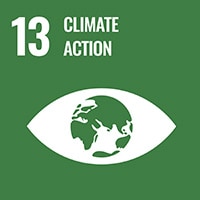
|

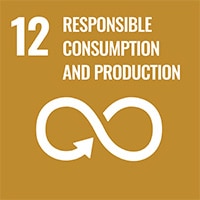
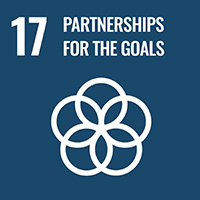
|
| Advancing powertrain electrification |
|
|||
| Preservation of clean air |
|
Honda is pushing ahead with the preservation of clean air and water resources by developing technologies to clean exhaust emissions from product usage and reduce harmful substances contained in the exhaust air and wastewater from production processes. |


|
|
| Utilizing resources efficiently and waste management |
|
Honda is cooperating and collaborating with both internal and external stakeholders to realize zero risk in relation to resources and waste generated during the stages from resource procurement to product disposal. From the standpoint of resource circulation, Honda will offer products with the utmost consideration for the environment and strives to reduce waste. |


|
|
| Conserving water resources |
|
Honda contributes to the conservation of precious freshwater by thoroughly managing the amount of water intake and quality of wastewater at its plants and by installing equipment capable of 100% water recycling and reuse. Honda also manages a water conservation fund in North America, which supports the improvement and preservation of coastal areas for future generations. |
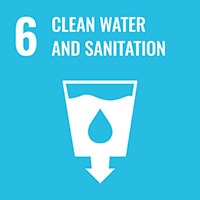
|
|
| Biodiversity conservation |
|
Honda believes that minimizing the environmental impact of its products and corporate activities is its greatest contribution to biodiversity conservation. Accordingly, Honda has specified its priority areas in the Honda Biodiversity Guidelines, including the development of environmental technology, initiatives based on corporate activities and initiatives for living in harmony with local communities and has been proactively promoting them. |
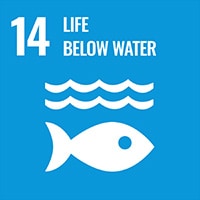
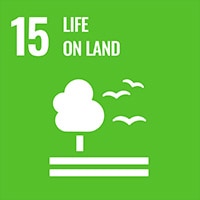
|
|
| Managing chemical substances and preventing pollution |
|
Honda manages and works to reduce chemical substances contained in automotive components from the product design and development stages. Relevant information is tabulated and managed throughout the supply chain via a system to collect information on materials and chemical substances contained in components. Honda is also making efforts to reduce heavy metals that are considered to have negative impacts on the environment, including water quality. |


|
|
Social
| Honda’s initiatives | SDGs Goals supported by Honda | ||||
|---|---|---|---|---|---|
| Safety | Significantly reducing traffic fatalities |
|
Under its global safety slogan, “Safety for Everyone,” Honda aims to realize a zero traffic collision society in terms of hardware and software through the development and spread of safety technologies for automobiles, such as the Honda SENSING advanced safety and driver-assistance system, while engaging in worldwide initiatives to provide education on traffic safety including motorcycles. |


|



|
| Human resources | Developing and securing excellent human resources, Expanding diversity & inclusion |
|
Honda respects individual differences and encourages the integration of these individualities. While positioning human resources diversification as a company-wide priority task, Honda is working to expand women’s participation in the workplace, promote an understanding and acceptance of LGBTQ+ persons, increase opportunities for experienced associates and expand employment of people with disabilities. Also, Honda carries out personnel training based on on-the-job training (OJT) and ensures to assign associates to the most suitable positions by setting up the Global Job Grade System. |
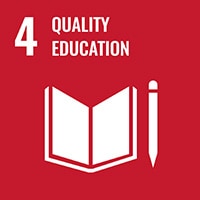
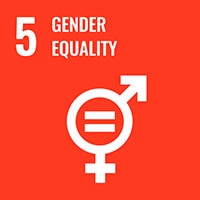
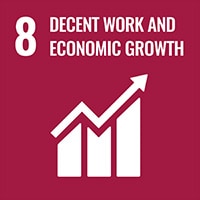

|
|
| Human Rights | Respecting human rights |
|
Honda upholds the idea of “Respect for the Individual” in the Honda Philosophy and includes “Respect of Human Rights” in the Honda Code of Conduct to show its policy to maintain its stance as a company committed to practicing fairness and sincerity and respecting human rights. In its company-wide risk management activities, Honda regards human rights issues as an important risk and manages them accordingly. |



|
|
| Occupational safety | Ensuring occupational safety and health |
|
Under the Safety and Health Principles “No safety, no production,” Honda seeks to realize a work environment which brings the joy that all people can work with a true sense of security. The Safety and Health Audit Committee performs safety and health audits throughout the Company by using an Occupational Safety and Health Management System (OSHMS). |

|
|
| Customers | Improving product quality |
|
“We have to aim for 120% product quality, since even a 1% rejection is unacceptable.” The words of the founder represent the identity of Honda, which has always strived to create products that exceed the expectations of customers. Honda’s commitment is to strengthen customer trust by offering products founded on safety and a new level of outstanding quality. To this end, Honda has created the Honda Quality Cycle, which works continuously on quality enhancement and improvement, encompassing every stage in the process - from planning, development, production, and sales to after-sales service. |


|
|
| Eliminating the mobility divide |
|
Honda seeks to provide more options of mobility to reduce the gap in social participation. As such, the Company is supporting the expansion of opportunities and venues for people with disabilities to be active by providing welfare vehicles. Looking ahead, Honda will provide a sustainable means of mobility through its technologies and services and help resolve social issues through business activities while leveraging its unique strengths in having a broad range of businesses and products, including motorcycles, automobiles, and power products. |

|
||
Governance and Economy
| Honda’s initiatives | SDGs Goals supported by Honda | |||
|---|---|---|---|---|
| Deploying total supply chain sustainability initiatives |
|
Together with suppliers around the world, Honda is making efforts throughout the supply chain to realize a sustainable society while taking into account the environment, safety, human rights, compliance and social responsibilities. In doing so, Honda has formulated the Honda Green Purchasing Guidelines and Honda Supplier Sustainability Guideline and has been confirming adherence based on these guidelines. Honda has initiated an ESG survey on suppliers having significant influences on the Company and will expand application of the survey in collaboration with overseas purchasing sites. |



|



|
| Utilizing management resources efficiently |
|
Understanding opportunities and responsibilities in the value chain is essential in identifying, among a number of social issues, Honda’s priority issues in management. Honda aims to create new value by considering how to transform and evolve the value of existing businesses in step with the rapidly changing social expectations and customer needs from the two perspectives of forecasting and backcasting. |

|
|
| Strengthening corporate governance |
|
Honda seeks sustainable growth and the enhancement of corporate value over the medium to long term and strives to be a company society wants to exist. Honda strives to enhance corporate governance as one of the most important tasks for its management. At the same time, it will continue to work for ensuring the transparency of its management through appropriate disclosure of corporate information to further bolster trust and appreciation from society. |


|
|
| Contributing to the economic development of developing countries |
|
Honda aims to enrich people’s lives by providing more efficient means of mobility and greater opportunities for business or learning. In expanding business overseas, Honda has evolved its business model from exporting finished products to local production and then to local development, thereby strengthening production and development functions in emerging countries. Honda aims to contribute to each region through employment and OJT-based education. |
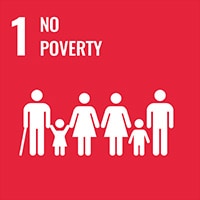

|
|